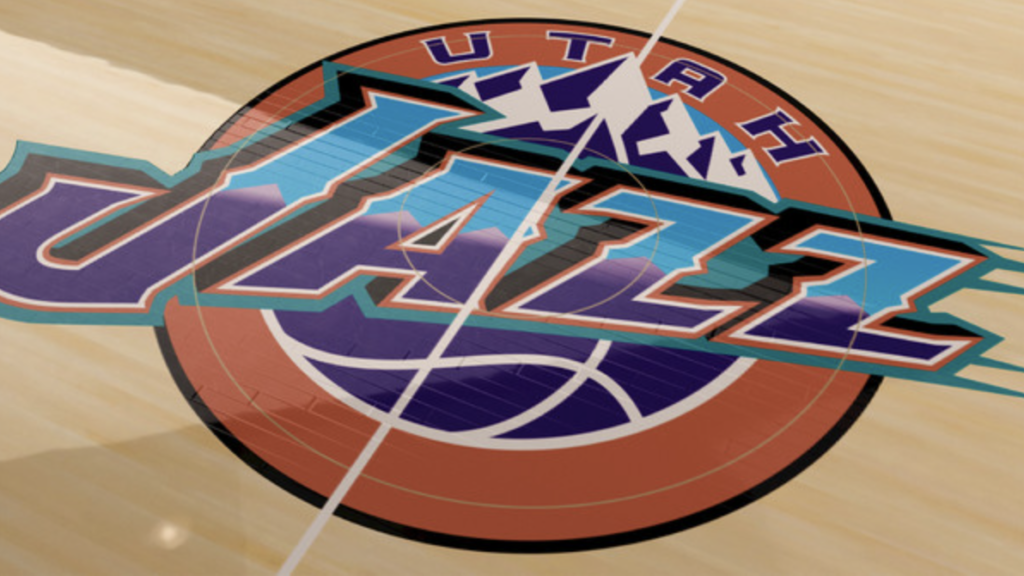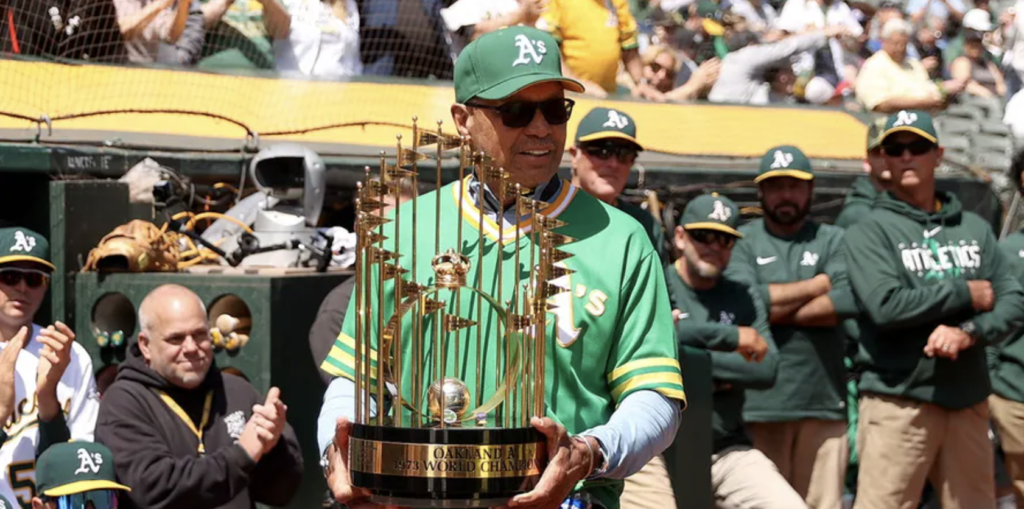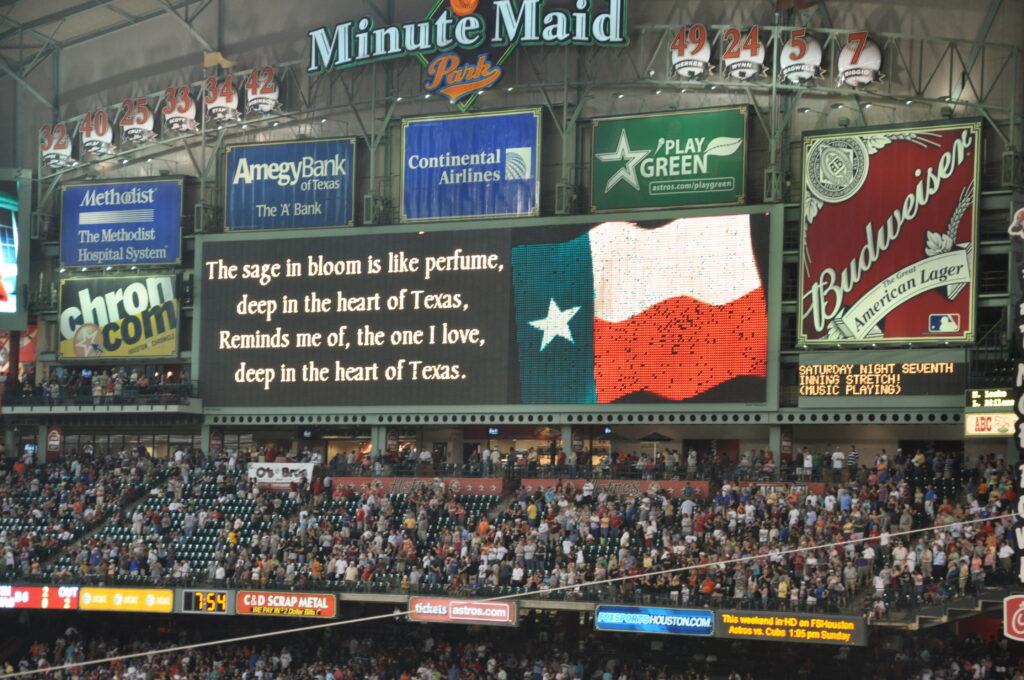With all the controversy surrounding the move of the Philadelphia/Kansas City/Oakland Athletics moving to Las Vegas, there’s one question worth asking.
Why?
Why is it that cities are still willing to pay hundreds of millions of dollars to lure professional sports teams away from other cities?
According to the 2022 census, four of the 12 largest cities in the United States have only one professional sports team in the NFL, the NBA, the NHL or major league baseball. One other city in the top 12 has none.
At the same time, cities far down the population list have teams in two, three or even four leagues. As far as I can tell, the smallest city to have even one pro sports team is 117th on the list — Salt Lake City, Utah.
How does Salt Lake City rate the same number of pro sports teams as San Antonio, San Diego, San Jose and Jacksonville? For that matter, how does the Utah capital rate one more team than the 10th-largest city in the U.S., Austin Texas?

For that matter, what on earth does Jazz even have to do with Utah?
When the Jazz left New Orleans, its original home, the name and the history should have remained in Louisiana. The Jazz could have been the Utah Tabernacle Choir or some other Utah-centric name.
Unless I’m missing one, the Athletics will become the first major league baseball team to represent four different cities. The team started in Philadelphia and was owned by the great Connie Mack, who managed them for 50 years. The Athletics went to the World Series eight times, winning five, representing Philadelphia. From 1910-14 the made it four times and won three, and from 1929-31, they made it three times and won two.
From 1932-71, they never made it again, for the rest of their tenure in Philly and their entire time in Kansas City. But from 1972-74, representing Oakland, the A’s did something no team other than the New York Yankees did. They won the Series three consecutive years. They made it back three times in 1988-90, although they won only one of those years.
In fact, other than the Yankees, I’m not sure anyone else has been to the Series three years in a row three different times.
But Lefty Grover, Al Simmons and Mickey Cochrane — three Hall of Famers — never played for Kansas City or Oakland. just as two of the absolutely greatest pitchers of all time, Walter Johnson and Christy Mathewson, never played for the Minnesota Twins or the San Francisco Giants and the Boys of Summer never played for the Los Angeles Dodgers.
In football, Johnny Unitas never played for the Indianapolis Colts and Jim Brown never played for the Baltimore Ravens. The last case is a little different, because when Art Modell moved his original Cleveland Browns to Baltimore, he left their history behind.

That’s actually the way it should be any time a team abandons a city. The Dodgers’ history should be divided into two chapters — the Brooklyn years at Ebbets Field and the California years at Dodger Stadium, just as there should be separate chapters for Expos/Nationals and Boston/Milwaukee/Atlanta for the Braves.
It’s a shame teams can’t just stay in their original cities, with newer cities getting expansion teams. But why shouldn’t cities like San Antonio, Charlotte or Nashville — all three in the top 21 cities in size — have baseball teams? And why should Columbus, the largest city in Ohio and 14th largest in the country, not have a team while Cleveland and Cincinnati, both shrinking Ohio cities, have teams?
I have lived in the outer suburbs of a major league city for 13 years and have only made it to two games. That’s a huge difference from 20 years in Los Angeles and seeing 175-200 ballgames.
That doesn’t mean I don’t watch ballgames. I pay $150 a year to MLB television and for that I can watch any game not involving my hometown team, the Atlanta Braves. Most weeks I watch two or three games, Nothing will ever compare to 1990-91, when I watched 75 games a year from the Dodger Stadium press box, but it’s better than nothing.

So I’m not sure how much actually being there matters anymore. It’s not as if watching at home means sitting in front of a seven-inch black and white screen with tinny sound. I can watch either on my 27-inch iMac or my 55-inch UHD Samsung and see more than I could from a bleacher seat.
I’m not an A’s fan, but if I were, it wouldn’t matter if they were playing in Philly, Kansas City, Oakland or Las Vegas.
The game’s the same.
